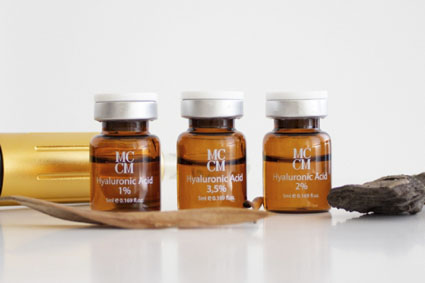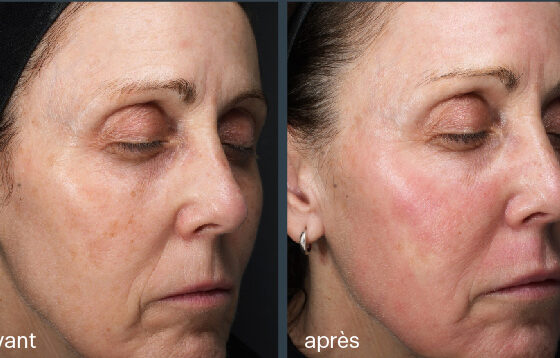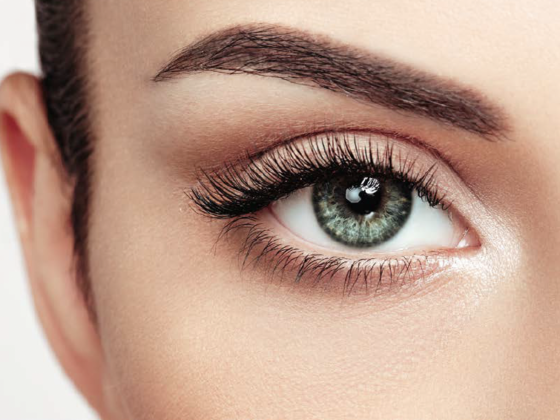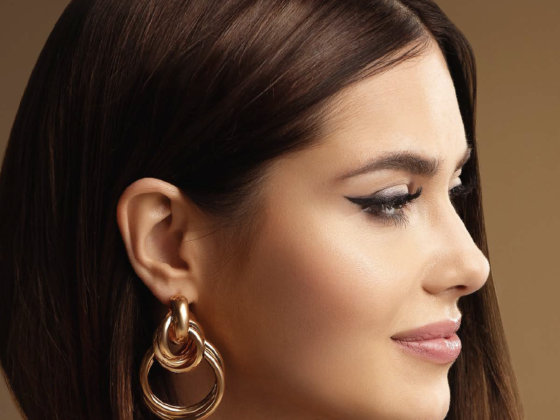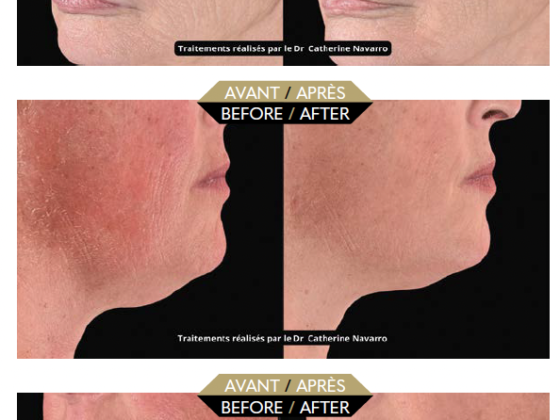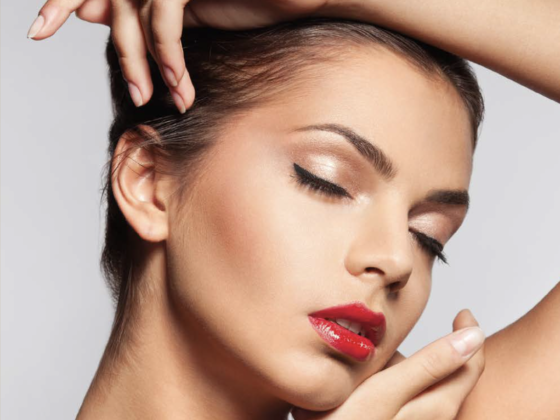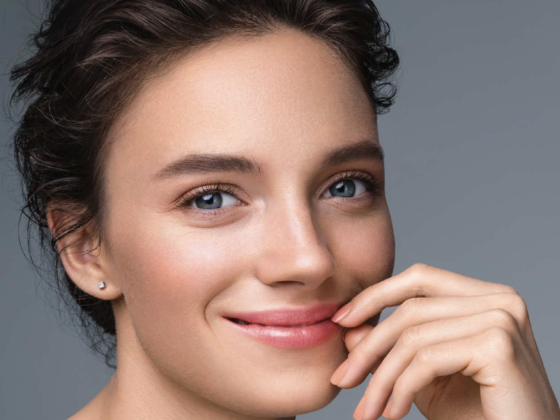By Doctor Stephanie Malo Gueret and Dominique Dereux Guezennec
We often read a person’s history on their face, and it is clear that our emotions become durably impregnated in our facial expressions.
“It is possible to tell a person’s character from their facial features, if we accept that the body and soul together are changed by the natural affections: (…) when I talk about natural emotions, I mean our passions and desires. If, then, this is accepted and, furthermore, each change is associated with a corresponding sign, and we can assign an affection and sign to each animal species, then we will be able to detect a person’s character from their facial features.” ARISTOTLE, “PRIOR ANALYTICS”, 350 BC.
We all have a non-verbal language, namely through our emotional facial expressions (EFE), a language with emotional connotations that is an indicator of our emotional state. Depending on what we are going through emotionally in our life and how we construct this emotional episode, it can leave visible marks on our face. Our state of mind conditions our health, and our scruples are shown through our facial expressions.
When we go through difficult emotional times, we involuntarily activate the facial muscles through fear, anger, sadness or disgust. They mainly contract in the middle of the face – the eyebrows drop, the mouth arches downwards. This contraction speeds up the appearance of expression lines and makes the eye area droop, and this despondency makes the face heavy. Because of this, we convey an image that no longer corresponds to our internal state and which, by marking the face, changes the image we convey. Wouldn’t it be nice to get back your smile, bright-eyed look and clean oval, to simply age beautifully and not have to indefinitely put up with the marks of the past?
What does an aesthetic doctor think about the impact of emotions?
It is inarguable that there is a universal language of emotions (a psycho-evolutionary theory) and that only 7% of the information that we convey is done so verbally. This shows the importance of this emotional language in our social construction. Emotions are durably impregnated into our facial expressions. The very names of the different areas of the face refer to emotions: tear trough, smile lines, expression lines. These physical traits trigger a feeling and an emotion, affection or fear, sometimes suspicion. We know that our reptilian brain almost instantly picks up what the face of the person opposite us is conveying, and our attitude instinctively adapts. This reflex is fundamental to humanity: even babies can recognise an attractive face (Tronick study, 1978).
In my practice, I often notice that (mainly) women begin an appointment by telling me about an ordeal, a shock, and complaining about the impact it had on their face. Often, they tell me about their need to find themselves again, to recognise themselves in order to move forward in life. Aesthetic medicine must integrate this psychological dimension and know how to find its way around all of these demands and cries for help. Empathy is what makes a good doctor, and a certain sensitivity for beauty is what leads them into aesthetics.
What about the impact of negative emotions on the face?
What negative emotions are we talking about? Anger, fear, anxiety, sadness, pain, guilt, loneliness. We can distinguish two types of expressiveness: dejection and hostility. In the first case, wrinkles form through facial hypotonia, and in the second it is through clenching. The impact might be in the bone, the muscle, the subcutaneous tissue or the dermis.
The most surprising thing about all this is that, if the emotions are etched into the facial features, the opposite is also true: by mimicking an emotion, we can start to feel it, which is what was shown by the Hennenlotter study in 2009. This is even the purpose of some therapies: if we force someone to smile, it will make them feel happier…With this in mind, we can better understand our patients’ feedback: “Ever since I’ve been coming to see you, I’ve stopped taking anti-depressants!” or “Injections are better than Prozac!”
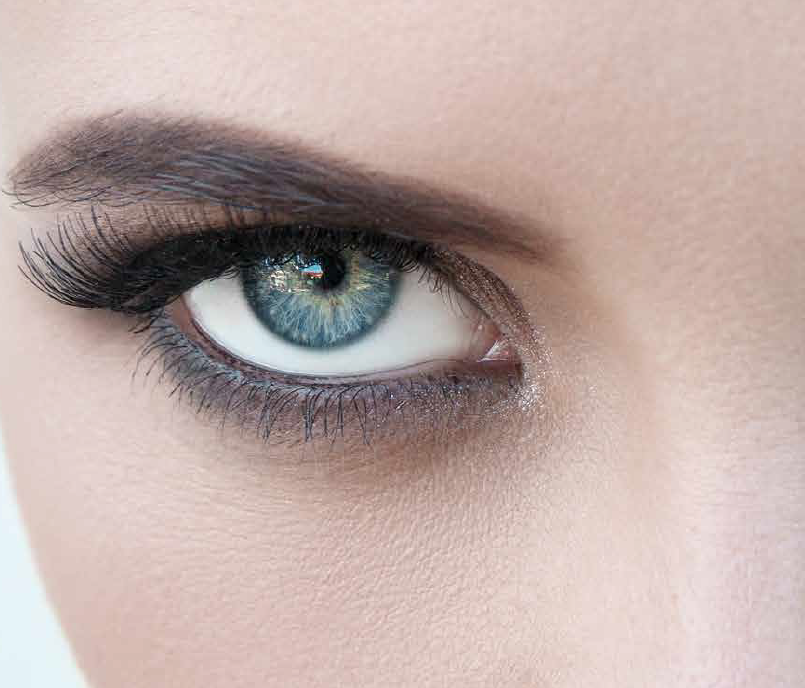
Features of dejection and features of hostility
The former are usually the fruit of anhedonia, which causes muscular hypertonia and a vague impression of ptosis in the face. If the dejection is severe, the features look like they have slid down the face’s anchor points and the treatment will mainly use filler products: hyaluronic acid if the face is slim or normal, and calcium hydroxyapatite (Radiesse) if the face is heavy and/or the skin is thick. The areas to treat tend to be localised in the middle and lower thirds of the face. If there are nasolabial folds, we treat them with a half or full syringe of hyaluronic acid per side. It would be a mistake to fully correct the nasolabial folds without treating the tear trough, and to create an optical illusion that the lower part of the face is heavier than the upper part. It is often better to only partially correct the nasolabial folds and create more shape in the cheekbone area, to “lift up” a tired face. Marionette lines can be filled with hyaluronic acid; the best way is to inject quite superficially without aiming for a full correction. If the folds are deep or the skin is too thick, Radiesse injections can have a natural lifting effect without weighing the bottom of the face down.
With regard to the marks caused by clenching, the predominant phenomenon is muscular hypertonia. The go-to treatment is botulinum toxin, with injections mainly performed in the upper part of the face, primarily the forehead and glabella lines, but it can also sometimes affect the chewing muscles, when the jaw is often clenched. There is also an ancestral Japanese technique, Kobido, that relaxes the facial muscles. The idea is that a massage that unclenches the face’s muscles can improve a person’s aesthetic appearance by relaxing the features. There are very few Kobido practitioners in France, as this technique is only taught in Japan and is highly codified.
Affecting cell renewal
Negative emotions have an impact on cell renewal, sometimes linked to eating disorders, and real deficiencies can set in. An in-depth treatment is required, whether in the shape of a a nutritional supplement or a mesolift to nourish the dermis. The skin regenerates itself every 28 days. When we go through a difficult time in our life, such as a bereavement, for example, the psychological impact on our body is significant. The first deficiency to appear is magnesium, but other vitamin deficiencies can also set in, especially if the person has lost their appetite. Are micro-nutrient supplements essential for a comprehensive aesthetic approach?
Another study carried out in March 2018 (published in the National Academy of Science journal) showed that emotions can cause changes in the colour of the face, independent of a person’s ethnicity. There is even talk of developing an application which, by taking a photo of a person, could determine their emotional state: a kind of “lie detector” that could be used by everyone…
Our faces are not done talking about us!
Doctor Stephanie Malo Gueret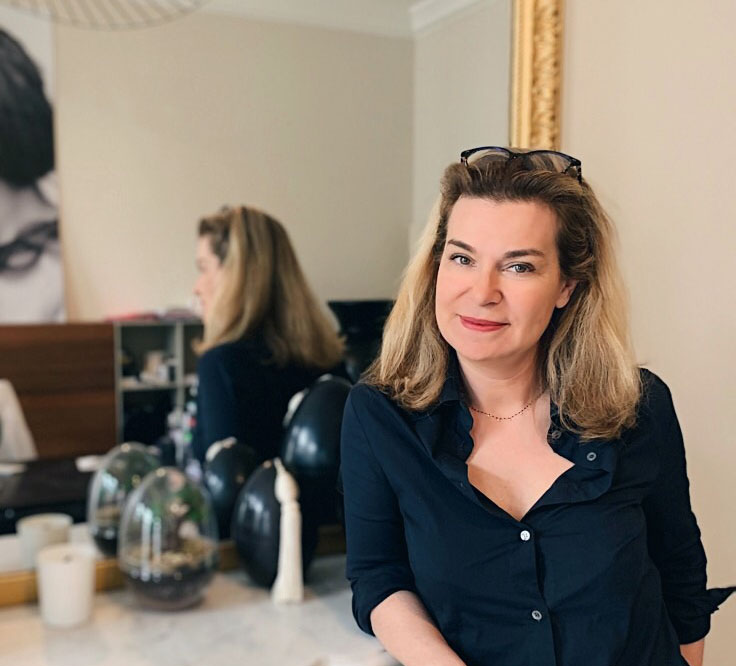
Inter-university degree in morphological and anti-aging medicine. Graduate of the French National College of Aesthetic Medicine. Degree in evaluation and injection techniques in dermatology and plastic surgery. University certificate in genital medical aesthetics. Expert trainer for the FILLMED laboratory. Expert doctor for MERZ Laboratory board. Practises in Lausanne, Switzerland, and in Rouen, France.
Instagram: @dr_stephanie_malo_gueret
Dominique Dereux Guezennec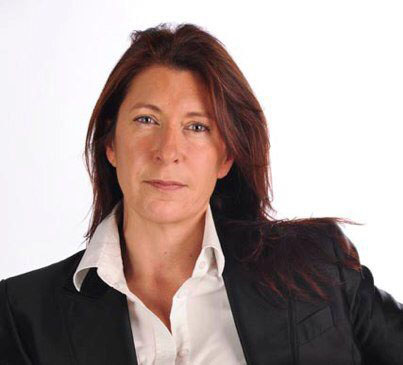
Hypnotherapist and coach for personal and professional development. EFT (Emotional Freedom Technique) practitioner. NLP (Neurolinguistic Programming) practitioner. EFE (Emotional Facial Expressions) practitioner. Trainer. Practises in Rouen and Paris.

